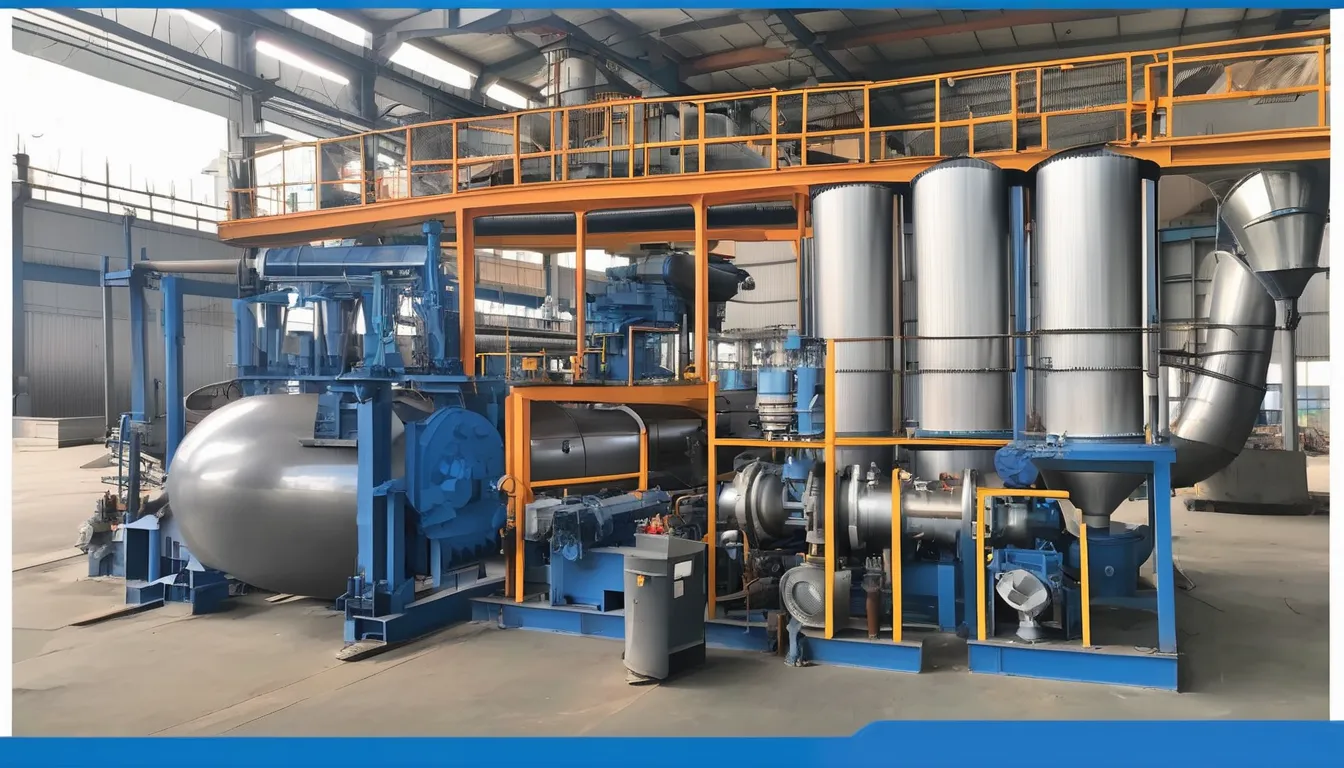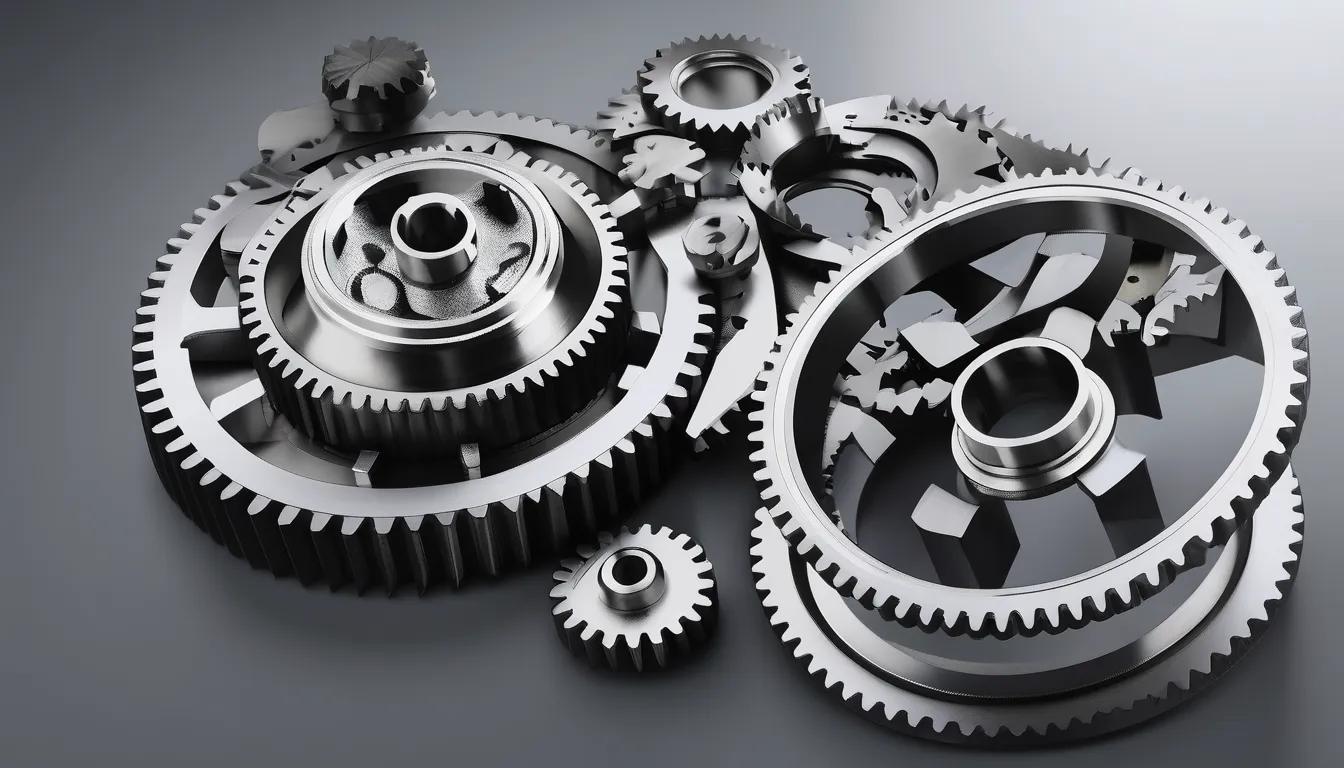When you find yourself in need of crypto recovery services, it’s essential to know how to identify the right help to regain access to your digital assets. You’ll want to consider factors like expertise, security measures, and customer support responsiveness. It might seem overwhelming, but understanding the key features and evaluating service credibility can make a significant difference. As you navigate this complex landscape, you’ll uncover strategies that can protect you from scams and enhance your chances of successful recovery. So, what should you look for first?
Understanding Crypto Recovery Services
Understanding crypto recovery services can feel overwhelming at first, especially if you’ve lost access to your digital assets. You might think that once you’ve lost your private keys or had your wallet compromised, all hope is lost. But that’s where these specialized services come in. They’re designed to help you regain access to your Recover Scammed Crypto currencies and other digital assets.
Crypto recovery services typically involve a team of experts who understand the intricacies of blockchain technology and wallet systems. They can assist you in recovering lost keys, navigating complicated protocols, and even dealing with potential scams or hacks.
You’ll want to act quickly, as time can be crucial in these situations. The faster you engage a recovery service, the better your chances of recovering what you’ve lost.
It’s essential to choose a reputable service, as the crypto space can be rife with scams. Research their track record, read reviews, and verify their legitimacy before you hand over any information. This way, you can ensure that you’re working with professionals dedicated to helping you reclaim your digital assets securely.
Key Features to Consider
When looking for a crypto recovery service, it’s important to know what features can make a difference in your recovery experience. Here are some key elements to consider before making your choice:
| Feature | Importance |
|---|---|
| Expertise | Look for a service with a proven track record and experienced professionals who understand the complexities of crypto recovery. |
| Security Measures | Ensure they prioritize your data’s security, employing encryption and secure communication channels to protect your sensitive information. |
| Transparent Pricing | Choose a service that offers clear, upfront pricing without hidden fees, so you know exactly what to expect. |
These features can significantly enhance your chances of a successful recovery. Additionally, responsive customer support is crucial; you want a service that’s available to answer your questions and guide you through the process. Don’t underestimate the value of user reviews either; they can provide insight into others’ experiences and help you gauge the service’s effectiveness. By focusing on these essential features, you’ll be better equipped to find the right crypto recovery service that meets your needs.
Evaluating Service Credibility
Many people overlook the importance of evaluating a crypto recovery service’s credibility before committing. You need to ensure that the service you choose has a solid reputation and a track record of success. Start by researching online reviews and testimonials from previous clients. Look for patterns in the feedback, as consistent positive experiences can be a good indicator of reliability.
Next, check if the service has any affiliations with recognized organizations in the crypto industry. Membership in reputable bodies can enhance credibility and provide added assurance.
Also, verify the team’s qualifications and experience. A knowledgeable team with a background in cybersecurity or blockchain technology is more likely to handle your recovery effectively.
Don’t forget to inquire about their security measures. A legitimate service should prioritize your data protection and use encryption to safeguard your information.
Finally, trust your instincts. If something feels off or if the service is asking for excessive upfront fees, it’s a red flag.
Common Recovery Methods
In the world of crypto recovery, various methods can help you regain access to your lost assets. One common approach is using recovery phrases or seed phrases, which often serve as a backup to your wallet. If you’ve misplaced this information, some wallets offer a way to recover it through linked accounts or email verifications.
Another method involves reaching out to customer support for the specific platform or wallet you used. They may guide you through the recovery process, helping you unlock your account or retrieve lost passwords. Be ready to verify your identity to prove you’re the rightful owner.
You might also consider utilizing recovery software, which can scan your device for wallet data and help you recover lost files. However, ensure you’re using reputable software to avoid further complications.
Lastly, community forums and online groups can be valuable resources. Fellow users often share their experiences and solutions, which might lead you to a successful recovery strategy.
Protecting Yourself From Scams
Scams in the crypto space are becoming increasingly sophisticated, making it essential to stay vigilant. You need to be proactive in protecting your assets and personal information.
Here are four crucial steps you can take to safeguard yourself from scams:
- Research Before Investing: Always verify the legitimacy of any cryptocurrency or platform before committing your funds. Look for reviews and check official sources.
- Enable Two-Factor Authentication: Protect your accounts with two-factor authentication (2FA). This adds an extra layer of security, making it harder for scammers to access your accounts.
- Be Wary of Unsolicited Offers: If someone reaches out to you with investment opportunities, be cautious. Scammers often use unsolicited messages to lure victims into traps.
- Use Secure Wallets: Opt for reputable and secure wallets to store your crypto. Avoid keeping large amounts on exchanges, as they can be prime targets for hackers.
Conclusion
In your search for crypto recovery services, prioritize reputable providers that offer transparent pricing, strong security, and responsive support. By understanding the key features and evaluating their credibility, you can make an informed choice. Remember, prompt action boosts your chances of recovery, so don’t hesitate to reach out for help. Stay vigilant against scams by researching customer reviews and employing secure channels. With the right assistance, you can regain access to your lost digital assets.





